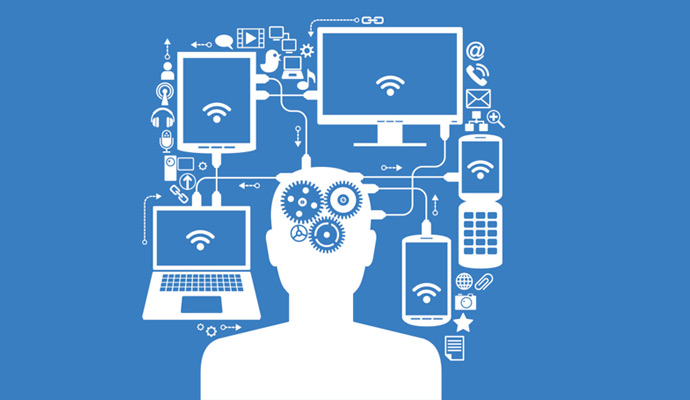Consumers Use Digital Tech for Price Comparison, Virtual Care
The survey found that 55 percent of respondents reported using digital devices for price comparison and 56 percent were interested in using them for virtual care.

Source: Getty Images
- As the country experiences an enrollment season in the middle of a global pandemic, Americans are gravitating toward digital technology for a wide variety of purposes including price comparison and virtual care, according to a UnitedHealthcare survey.
UnitedHealthcare fielded the survey from September 11 through September 13, 2020. It reached around 1,000 individuals ages 18 and older.
The survey revealed the many ways Americans are using digital devices to satisfy various healthcare needs.
Americans are using smartphones, laptops, or other digital technologies to compare prices and quality of healthcare services (55 percent) and for diagnosis (25 percent).
Overall, 86 percent found comparison shopping “very helpful” or “somewhat helpful” and 47 percent made a change in healthcare providers due to comparison shopping. This could have implications for consumer uptake of coverage price transparency tools, such as the newly required CMS self-service tool.
The practice of comparison shopping was particularly common among younger generations.
Apart from comparison shopping, respondents were open to leveraging digital technologies and virtual care for their behavioral healthcare needs. Fifty-six percent of the respondents would be willing to use smartphones, laptops, and digital technologies to receive care.
This could be good news for payers, many of which have tapped telehealth as a way to boost behavioral healthcare access.
“COVID-19 continues to reshape many aspects of our lives, including how people research health plan options and access medical care,” said Rebecca Madsen, chief consumer officer of UnitedHealthcare.
“This survey suggests many Americans are responding to COVID-19 by placing greater importance on comprehensive health benefits, robust well-being programs and access to technology to more effectively navigate the health system. We hope the results might lead to positive action to enhance people’s journeys and care experiences.”
The survey also found that almost eight in ten respondents indicated that they felt ready for open enrollment this year (78 percent).
The coronavirus pandemic will play a role in open enrollment results, as around four in ten Americans stated that their health plan and benefits selection process was influenced by the virus.
Some are looking for plans with lower out-of-pocket healthcare spending (16 percent). Others are prioritizing wellness programming (11 percent) and around the same number are seeking out better benefits that are either more comprehensive or richer (10 percent). A fraction of respondents (6 percent) were opting for a national plan over a regional plan.
Younger enrollees were particularly impacted by the virus, as evidenced by the fact that 68 percent of respondents in Generation Z stated that they would be influenced by the pandemic in their health plan decision-making process. Over a third of young adults (35 percent) were incentivized to do more investigation into their plan options due to the pandemic.
Americans feel prepared for this open enrollment season. Overall, 78 percent of respondents expressed confidence in their preparation. While younger generations felt less prepared than older generations, the majority—72 percent of Milliennials and 62 percent of Generation Z—said that they were ready to choose their health plan.
The survey also revealed a consumer preference for specialty benefits. Most respondents (84 percent) thought that vision and hearing benefits were “important.”
The results underscored that consumers prioritize keeping their primary care providers when selecting a new health plan.
Previous research showed that consumers were generally interested in having a health plan with a broad provider network, but they were also willing to pay the same price as a 39 percent larger network in order to keep their personal provider.
According to the UnitedHealthcare survey, over three-quarters of all respondents (76 percent) checked to see whether an alternative health plan option would allow them to keep their current provider in-network.
These results indicated that the pandemic may be driving consumers toward greater awareness around their health plan needs and options as well as fostering more interest in digital solutions.
